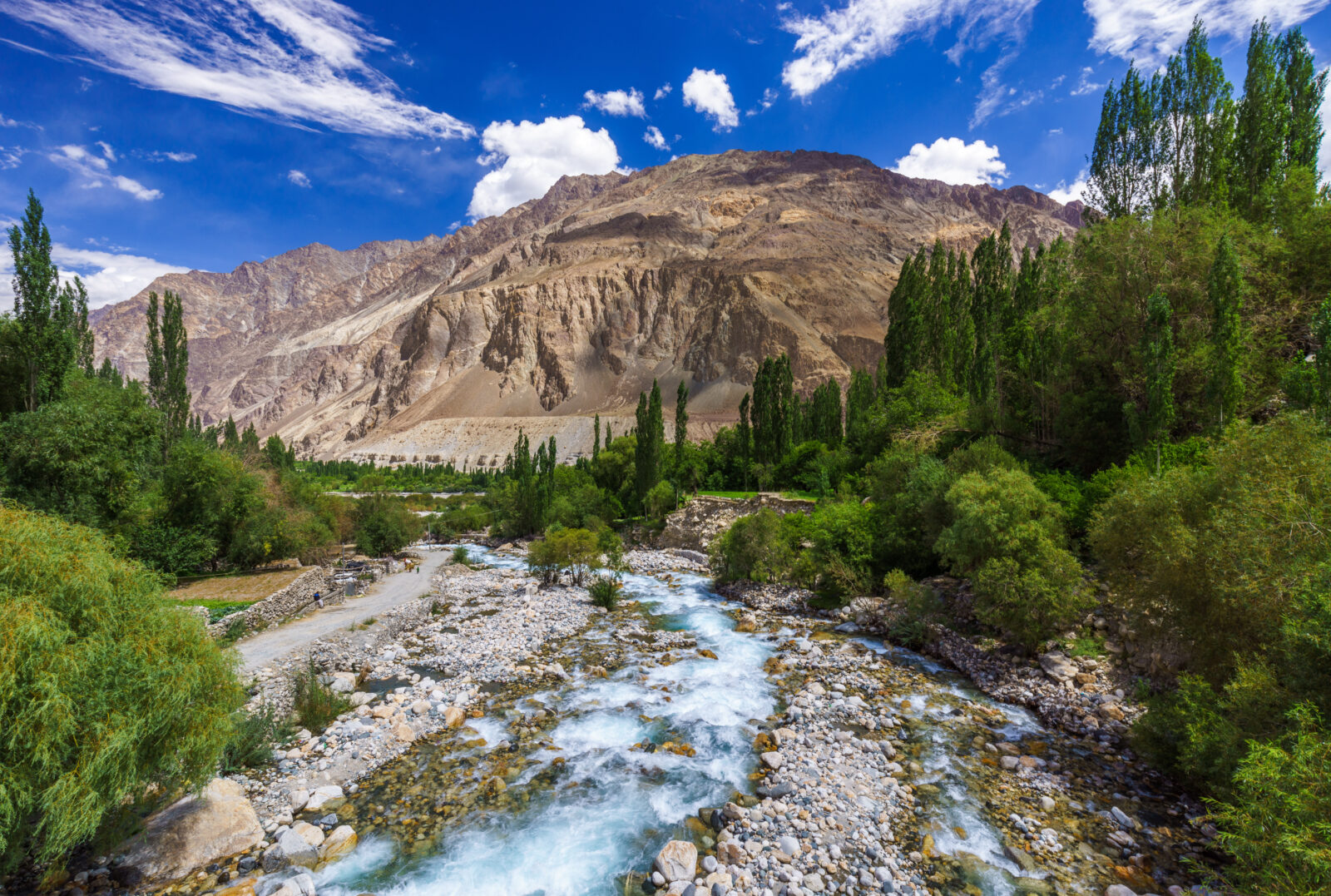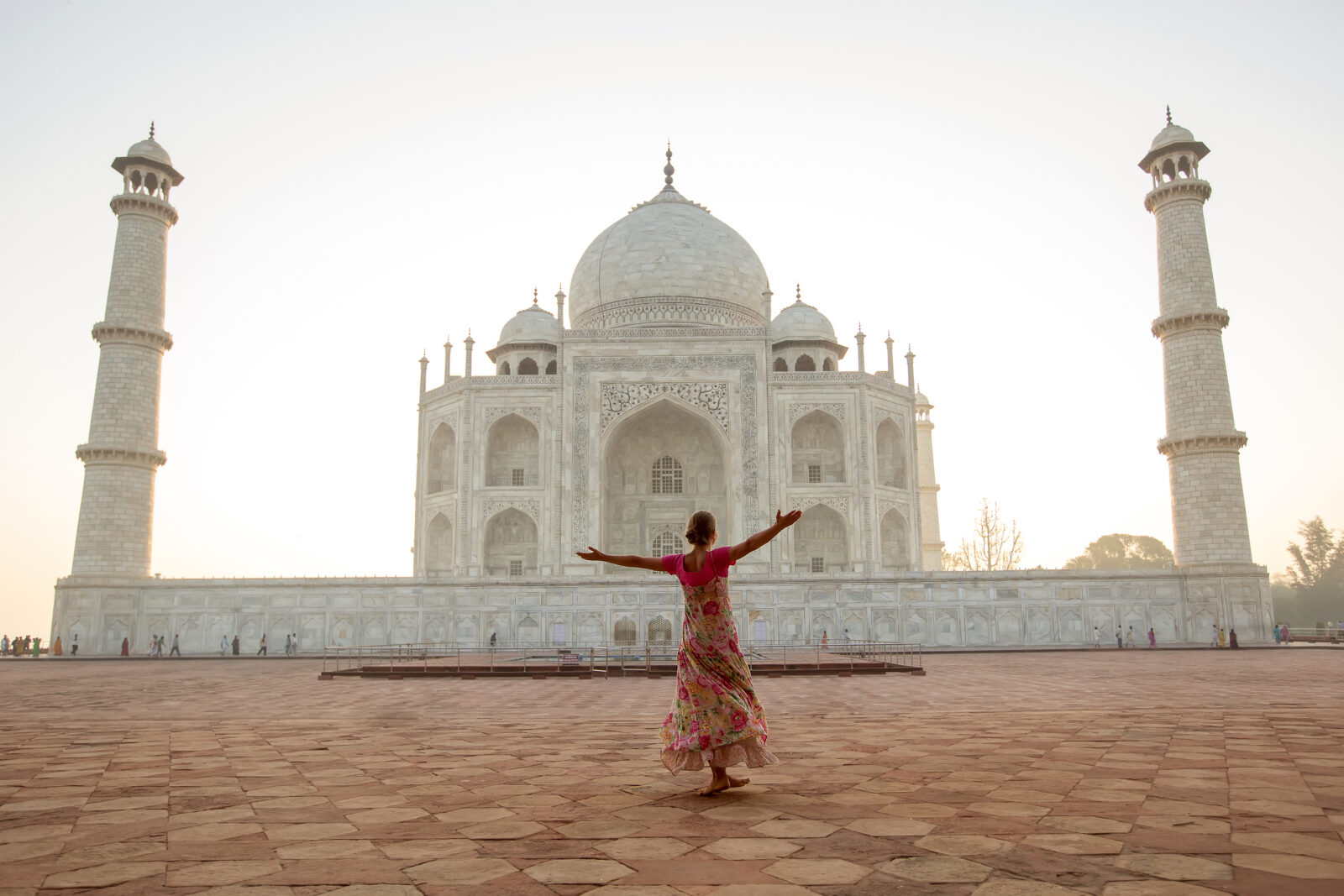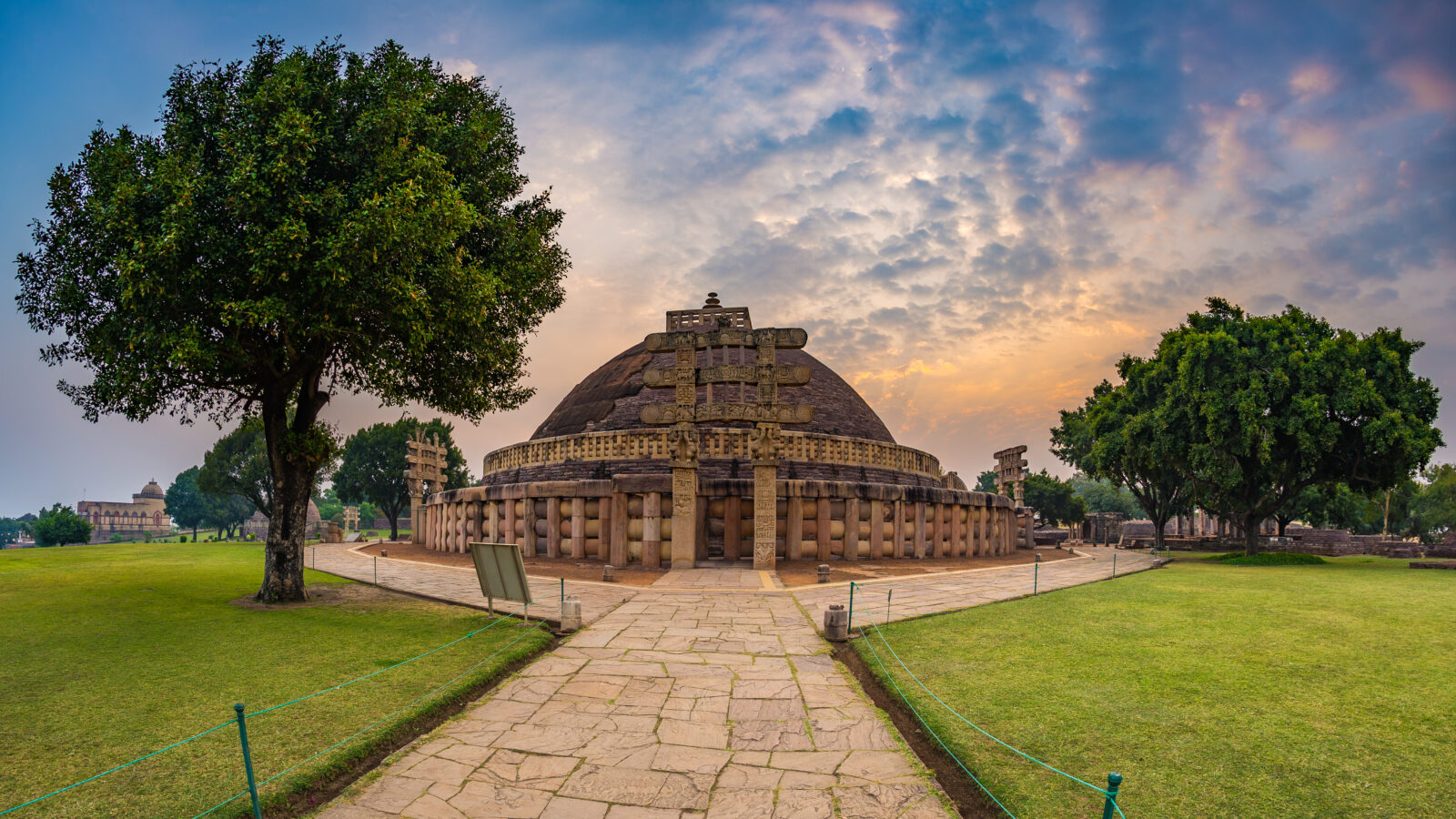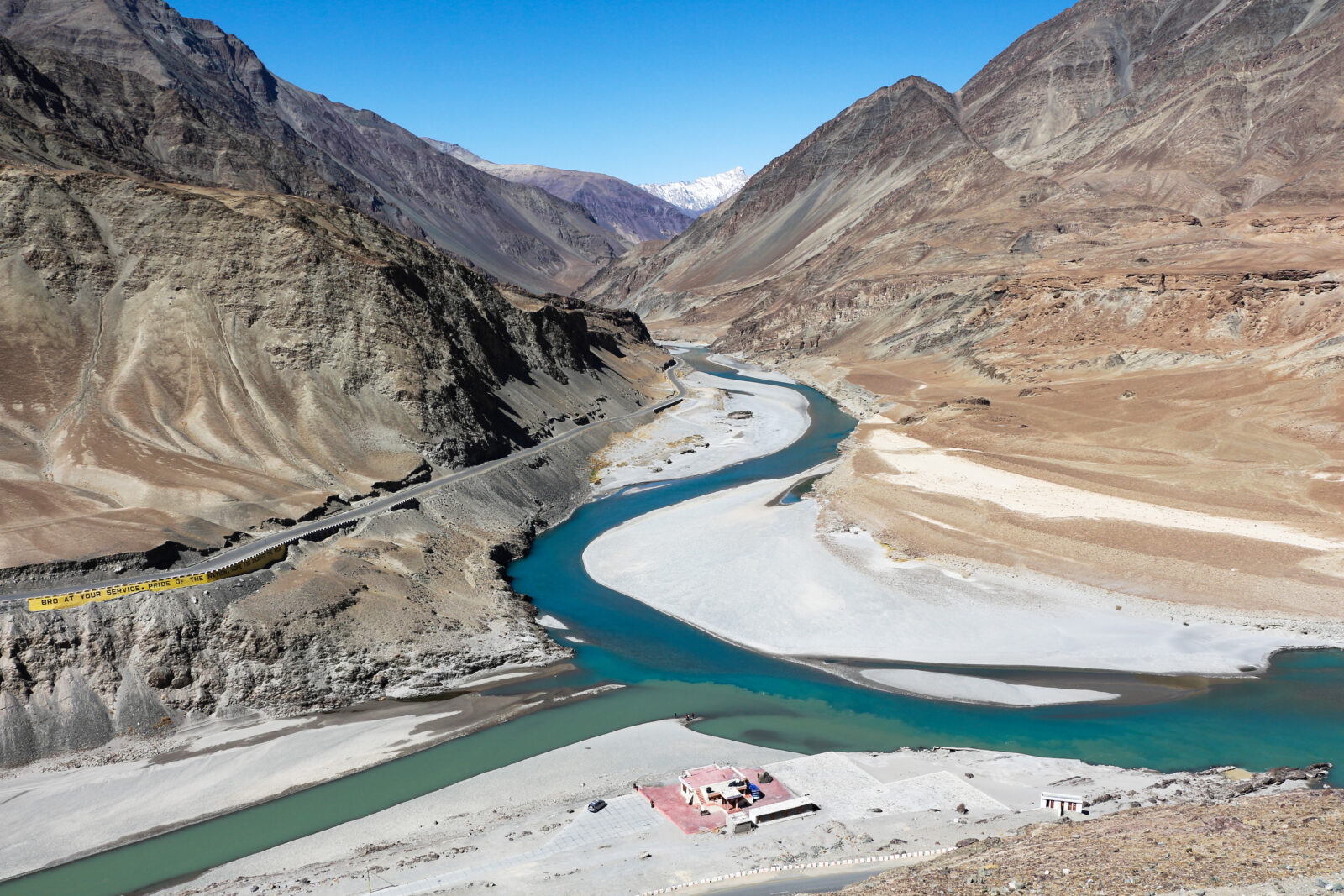India journey: From the Taj Mahal to the Himalayas

(Director’s note: India is one of the most diverse and fascinating countries in the world. I long to return. In the meantime, here’s a short summary from guest blogger Arpit Jain, a travel blogger from Jaipur in the northern state of Rajasthan.)
India is a country with a rich cultural heritage, stunning natural beauty and diverse traditions. From the Himalayan peaks in the north to the backwaters of Kerala in the south, India offers a wide range of landscapes and experiences. Its ancient monuments and temples, vibrant festivals and colorful markets are a testament to its long and varied history. India is also home to a wide variety of languages, cuisines and customs, making it one of the most culturally diverse countries in the world.
The focus of the article is to showcase and explore the diverse attractions, cultural heritage, natural beauty and rich traditions of India. It aims to provide readers with a glimpse of the country’s breathtaking landscapes, vibrant festivals, ancient monuments and colorful markets, as well as its varied languages, cuisines and customs. The article seeks to highlight the wonders of India and inspire readers to explore and appreciate the country’s beauty and diversity.

Taj Mahal, Agra
The Taj Mahal is an iconic mausoleum located in the city of Agra. Built in the 17th century by Mughal emperor Shah Jahan in memory of his beloved wife Mumtaz Mahal, the Taj Mahal is considered one of the greatest examples of Mughal architecture and a symbol of love and devotion. The structure, made of white marble, features intricate carvings and calligraphy and is surrounded by beautiful gardens and reflecting pools. The construction of the Taj Mahal took over 20 years and involved the labor of thousands of workers, including artisans and craftsmen from all over the world. Today, the Taj Mahal is a UNESCO World Heritage Site and is visited by millions of tourists each year.
The beauty of the Taj Mahal lies in its exquisite architecture and intricate carvings, which are made of white marble and decorated with precious stones and calligraphy. The symmetry of the structure and the way it reflects in the surrounding pools is truly breathtaking. As a symbol of love, the Taj Mahal holds great importance in Indian culture and is considered one of the most romantic destinations in the world. The story of the emperor’s undying love for his wife, which inspired the construction of the monument, has become a part of Indian folklore and continues to inspire people to this day. The Taj Mahal is not only a remarkable architectural masterpiece but also an enduring testament to the power of love and devotion.

Sanchi Stupa, Madhya Pradesh
The Sanchi Stupa is an ancient Buddhist monument located in the Indian state of Madhya Pradesh. If you are planning to visit Madhya Pradesh don’t forget to book Madhya Pradesh Tour Packages. It is considered one of the most important Buddhist sites in the world and is a UNESCO World Heritage Site.
The stupa was originally built in the 3rd century BCE by the Mauryan emperor Ashoka, who is credited with spreading Buddhism throughout India and beyond. Over the centuries, the stupa underwent several expansions and renovations, with various rulers and donors adding new features and decorations.
The Sanchi Stupa is a testament to the rich cultural and religious history of India, as well as to the enduring legacy of Buddhism. Its intricate carvings and decorations are a testament to the skill and artistry of the craftsmen and artists who created them, and its enduring presence is a symbol of the lasting impact of the Buddhist teachings. Today, the Sanchi Stupa is a popular destination for tourists and pilgrims from around the world, and it continues to inspire awe and reverence among those who visit it.

Rann of Kutch, Gujarat
The Rann of Kutch is a unique landscape located in the Indian state of Gujarat. It is a vast salt marsh that stretches over 30,000 square kilometers, making it one of the largest salt deserts in the world. The region is characterized by its stark, barren terrain, and its unique ecology and wildlife.
The Rann of Kutch is a place of great natural beauty, with vast expanses of white salt flats that stretch as far as the eye can see. The region is home to a variety of wildlife, including several species of migratory birds, wild asses and desert foxes. The Rann of Kutch is also known for its vibrant local culture, which is influenced by the traditions of the Kutchi people, who have lived in the region for centuries.
Visitors who book kutch tour packages can experience a unique blend of natural beauty and cultural heritage. The region is home to several local villages, each with its own distinct culture and traditions. Tourists can explore the region on foot, by jeep, or on camelback, and can witness the breathtaking beauty of the salt flats, as well as the colorful festivals and customs of the local people. The Rann of Kutch is a true gem of India, and a must-see destination for anyone interested in the country’s natural and cultural diversity.

Himalayas, North India
The Himalayas are a vast mountain range located in South Asia that stretch over 2,500 kilometers through India, Nepal, Bhutan and several other countries. They are the highest mountain range in the world, with several peaks reaching over 8,000 meters in height.
The Himalayas are known for their awe-inspiring beauty, with towering snow-capped peaks, deep valleys and rushing rivers. They are also home to a rich and diverse range of flora and fauna, including several endangered species such as the snow leopard and the Himalayan musk deer.
The Himalayas are a popular destination for adventure tourism, with visitors coming from all over the world to trek through the mountainous terrain, go mountaineering and experience the local culture. The region is also home to several important spiritual and religious sites, including the source of the Ganges River, which is considered sacred by Hindus.
A visit to the Himalayas offers an opportunity to witness some of the most awe-inspiring natural beauty in the world, and to experience the rich cultural heritage of the people who call the region home. It is a truly unforgettable destination, and one that is sure to leave a lasting impression on all who visit.


February 18, 2023 @ 5:27 pm
thanks for the memories of my exciting trip to India years ago. My favorite area was around the temple of Madurai and the Kerela overnight boat trip.